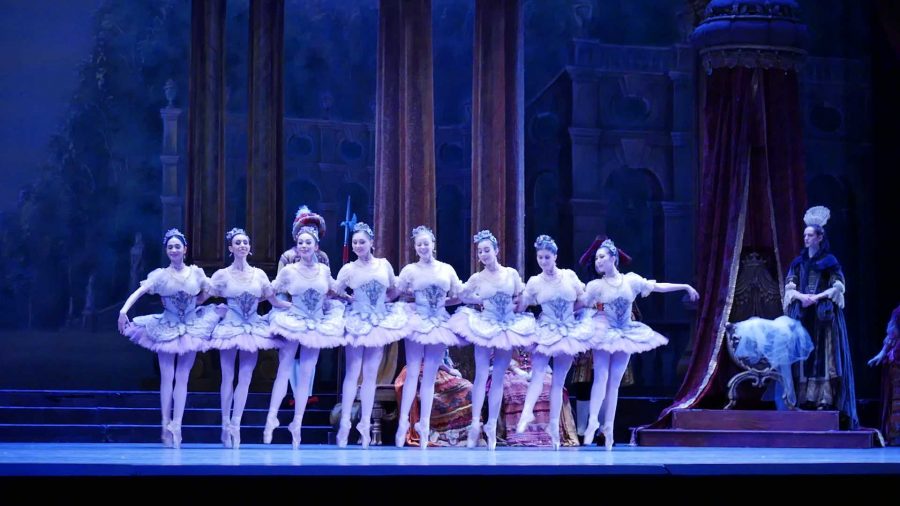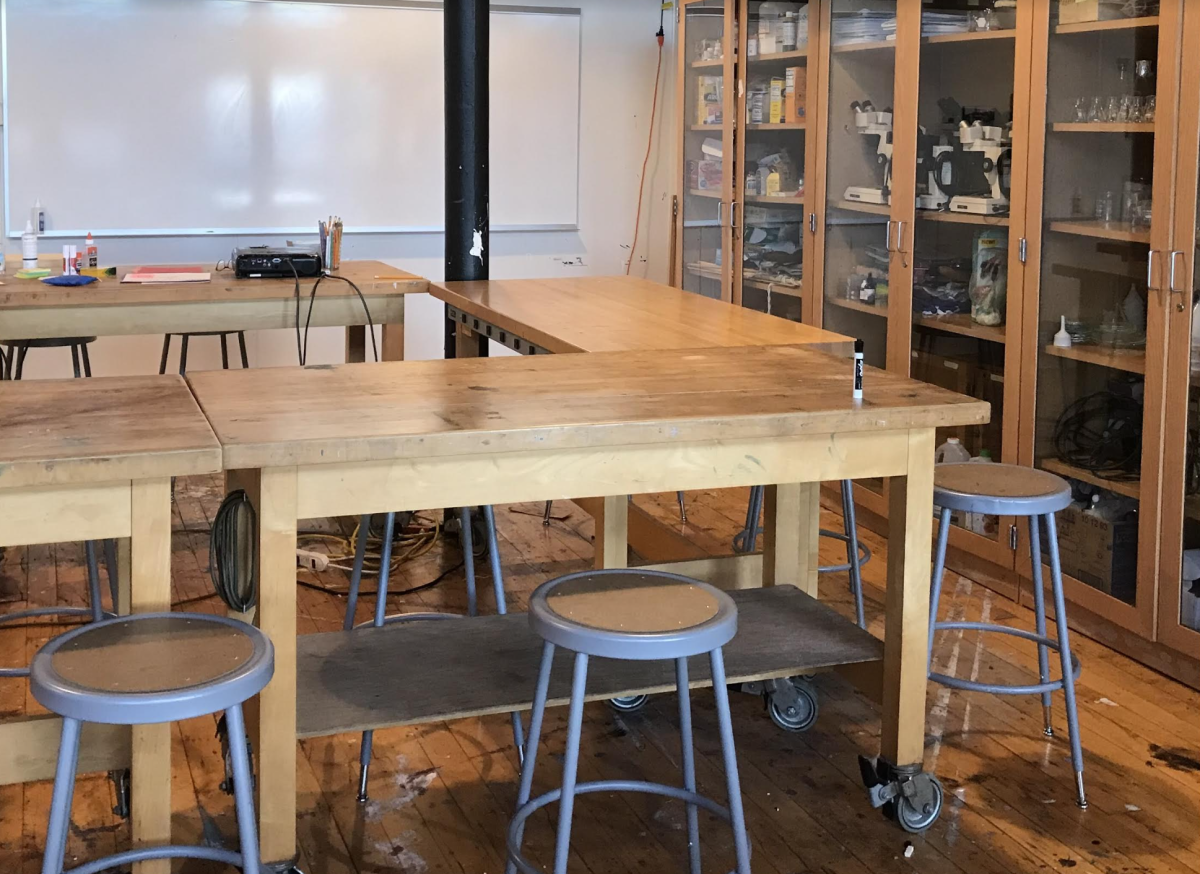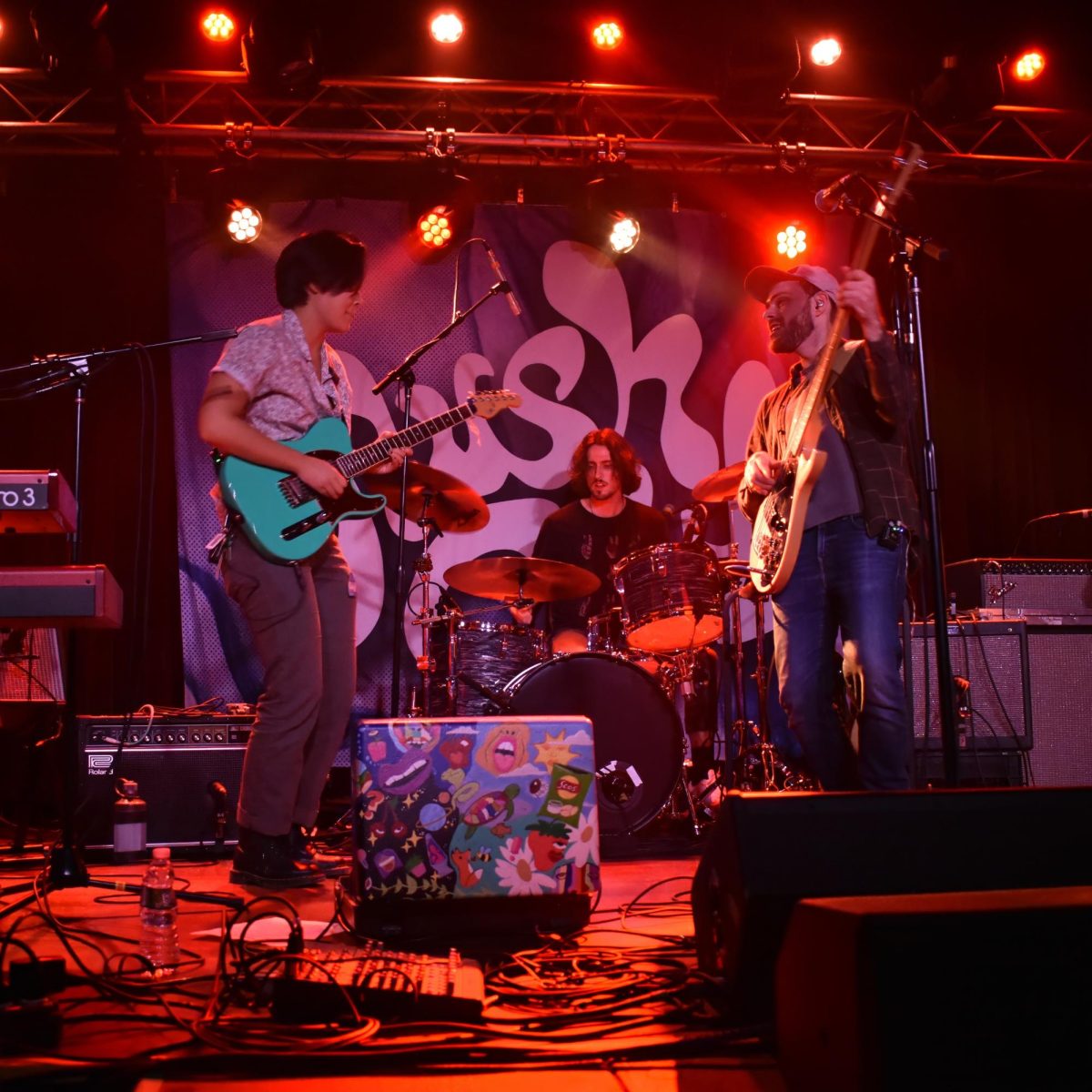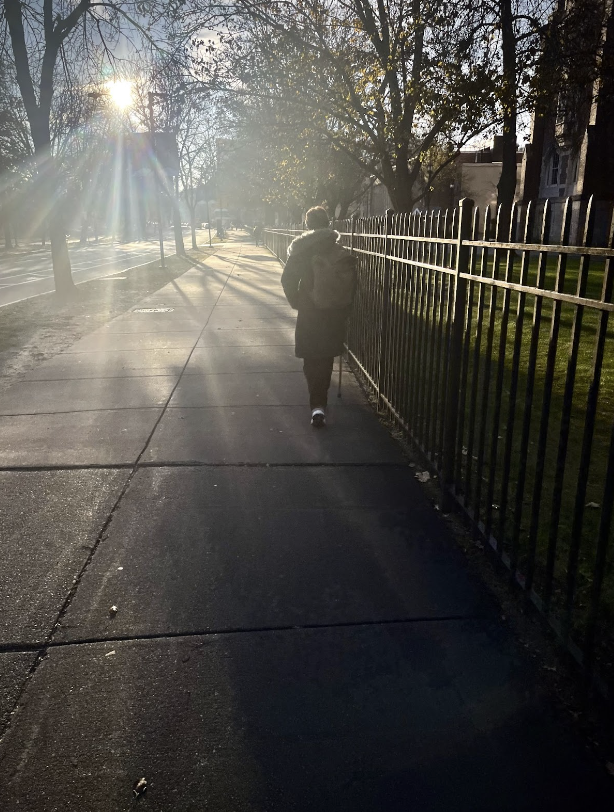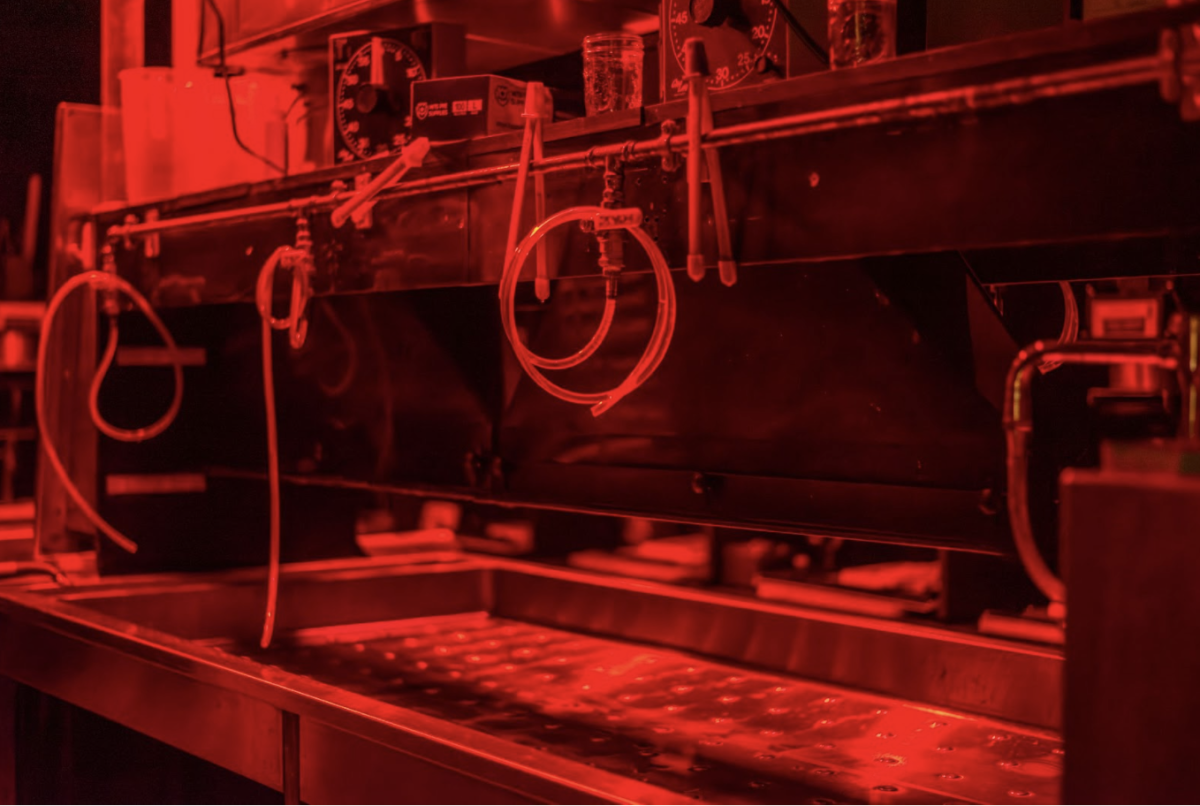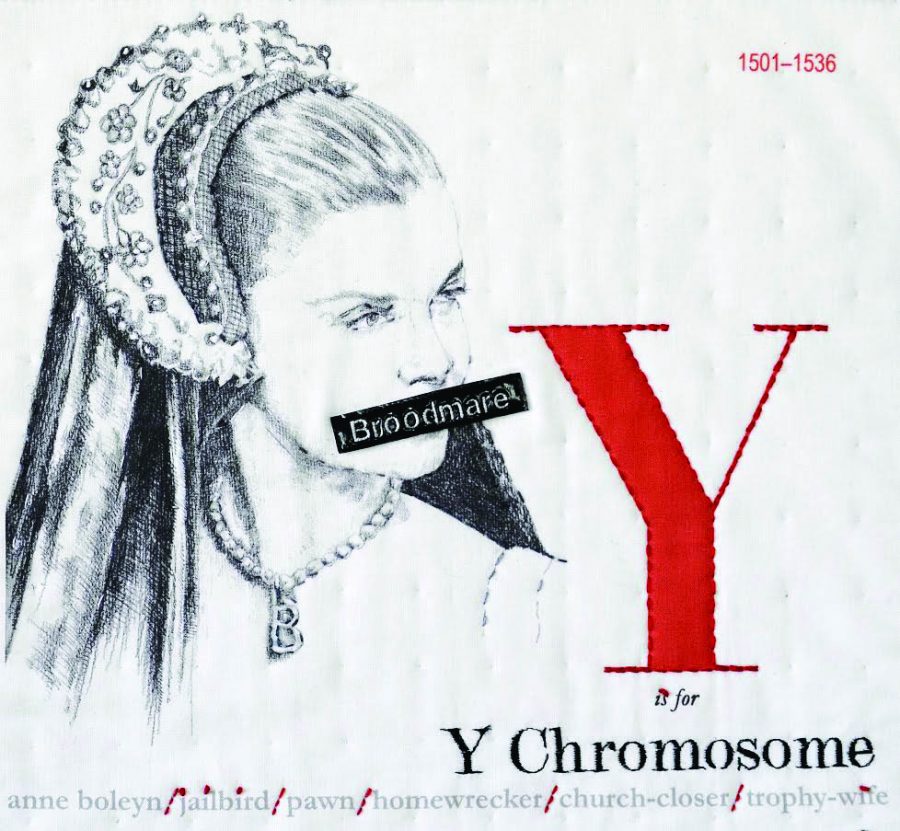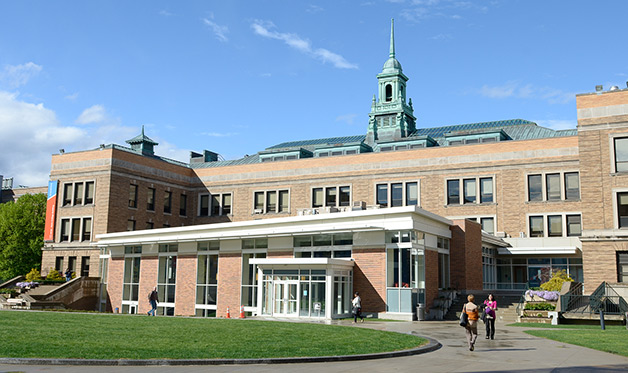By Jen Jiang
Contributing Writer
For me, food is always tied to culture, but one thing has always bothered me. That one thing is the misconceptions. My experiences of Chinese restaurants and Chinese food have always come from my family and from Chinatown.
Sitting down at a Chinese restaurant and looking down at the menu can be daunting for those who do not understand authentic Chinese food. Because of the many choices, making the “wrong” choice is very easy without a guide along the way.

As some may know, there are 23 provinces of China, including cultures and climates that come with each province. The northern provinces are known to be colder and produce less fewer fruits and vegetables. These regions are known more for their affinity for noodles and dumplings.
They also use more canned and pickled fruits and vegetables because of their climate. They tend to eat more pork, duck, and beef. Other examples of northern Chinese food are Peking duck and apples.
Foods from the southern provinces of China include more sweet and sour flavors and the major foods consumed are more variable as the provinces are more agricultural. More rice and seafood are consumed, as many of the provinces are closer to the ocean.
What is commonly known as “Chinese food,” such as Lo Mein and Sweet and Sour Chicken, have flavors that exist in the Southern province of Guangzhou (Cantonese). Other modern Chinese dishes in the U.S. are sweetened to Western tastes and are significantly different than dishes from mainland China.
Many Chinatowns in America serve Cantonese food due to the early influences of Cantonese immigrants who came to America during the Gold Rush. Immigrants after the first rush continued the tradition of cooking Cantonese foods in early restaurants in order to please early Americans.
One dish that is very American is General Tsao’s Chicken, which actually cannot be found in its “hometown” of Hunan China because it was created in America for Americans. The basic ideas are there, but the typical flavors are exaggerated for Americans. Many recipes with American broccoli are also not authentically Chinese, as China did not originally have that type of broccoli.
Another misconception is that the Chinese eat dogs or cats. Because I have been asked this question so many times, I asked my grandmother about it —she replied that back when she was young, it was normal to eat what they had. Urban China has moved on from this practice now, but because China is still a developing country and not an industrialized country, I do not agree that we should be putting the same “criteria” on what they eat and judging it. I would never ask to eat “Fido” or a domesticated dog myself.
There are many parts of the regular Chinese restaurant experience that is not authentically Chinese. This includes the idea that Chinese food is automatically vegan or vegetarian. Additionally, Chinese waiters are very much unlike those you will meet at Olive Garden and will not wait on you every five minutes. Instead you have to call them over for service.
Whereas most people think that Mandarin is the only version of Chinese spoken in all fifty provinces, many Chinatowns actually have a majority of Cantonese speakers due to their Cantonese and Taiwanese backgrounds. In many Chinese restaurants, tea is often given for free since it was the main beverage of China before globalization came about.
Chopsticks are also the main cutlery used instead of western forks and knives. In fact, chopsticks have been used in China ever since the Shang Dynasty. At the end of most meals in Chinese restaurants, fortune cookies are given. In mainland China, fortune cookies are not served. The history of fortune cookies is that they were created in San Francisco in order to please Americans.
Because I mentioned that my experiences with Chinese food came with experiences within Chinatown, not discussing Chinatown further would be a crime in the city of Boston. The experience of walking through a Chinatown can be mind boggling for those who have never been before.
The streets are lined with cars trying to get passed each other, which can be annoying for ambulances, and walking safely is questionable with the driving seen in Chinatown. There are bakeries with English-speaking vendors that sell to Western audiences meanwhile there are other smaller bakeries that primarily focus on Asian audiences with fewer pastries known to foreigners and more known to Taiwanese and Chinese markets.





